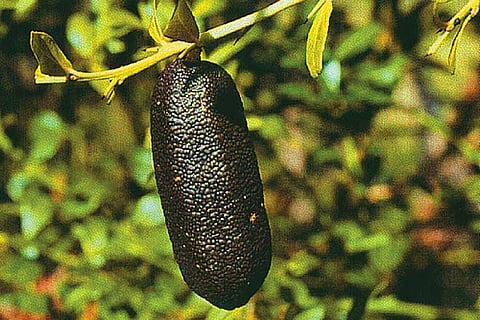
- Destinations
- Experiences
- Stay
- What's new
- Editor’s Picks
- Responsible Tourism
- CampaignsCampaigns
- Subscribe

Not all lemon trees are pretty. Witness Microcitrus australasica, festooned with pendulous sausages of dark green, black or burgundy limes. But, far from impossible to eat, the microcitrus (imaginatively re-branded as the Australian finger lime) has lately turned into a culinary ugly duckling.
Along the way the freakish fruit picked up a claque of slavering groupies, notably Ferran Adrià, celebrity chef of the Spanish restaurant El Bulli (which reclaimed the &lsquoWorld&rsquos Best Restaurants&rsquo top spot from Britain&rsquos Fat Duck this year), who was reportedly moved to tears the first time he tried one. Zagat perennial Daniel Boulud was similarly stricken by his first taste.
While the New York Times&rsquo David Karp has extolled its &ldquointensely tart limey taste&rdquo, that hardly sounds like high praise for a lime. But the finger lime&rsquos competitive advantage in the epicurean market has more to do with its packaging. Apart from its external novelty, a sliced finger lime spills forth an abundance of &lsquovesicles&rsquo small translucent pearls which explode on the palate as ready-made amuse gueules. The novelty of this citric caviar combined with its scarcity &mdash there&rsquos just one fruiting tree in the United States &mdash produced a run on the Australian harvest, driving prices as high as US $44 a pound.
Good news if you have a lemon tree in New South Wales, obviously, but also, as it turns out, for Assam. In our usual spirit of botanical nationalism, Outlook Traveller has discovered that the northeastern state is a centre of origin and diversity for citrus fruits in general and oblong limes in particular. The local kazi nemu and nemu-tenga look to all intents and purposes like their Australian cousins and are already a horticultural sensation, in high demand in the markets of the West. Well, West Bengal anyway.
